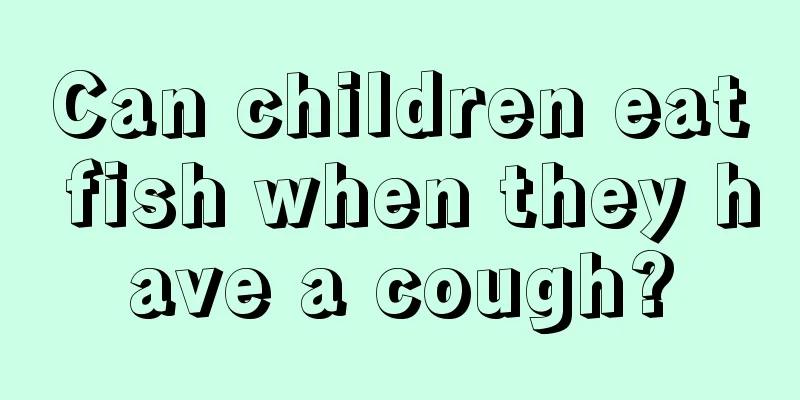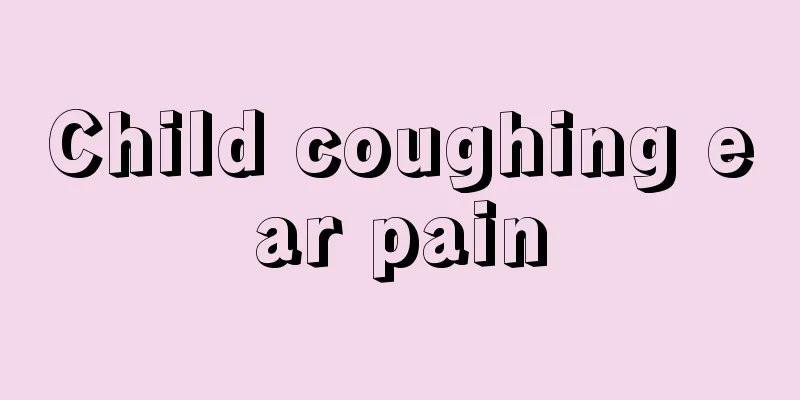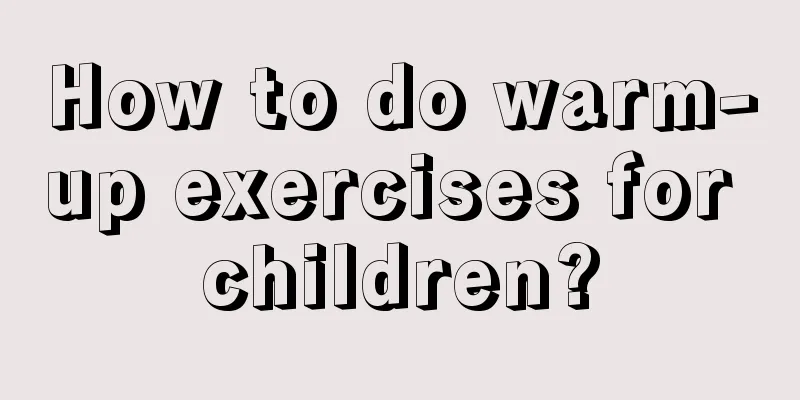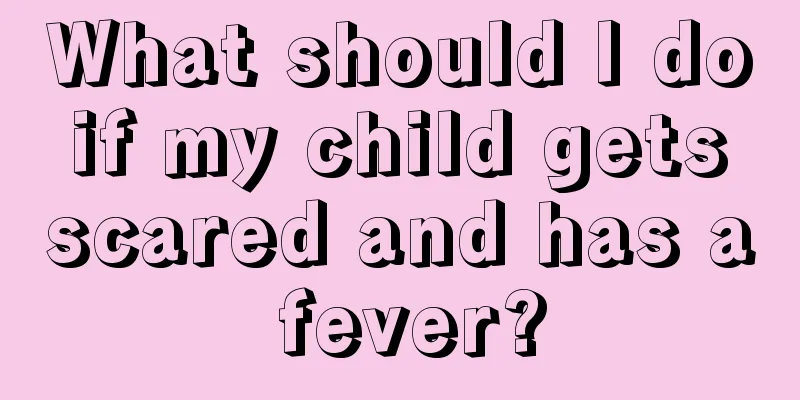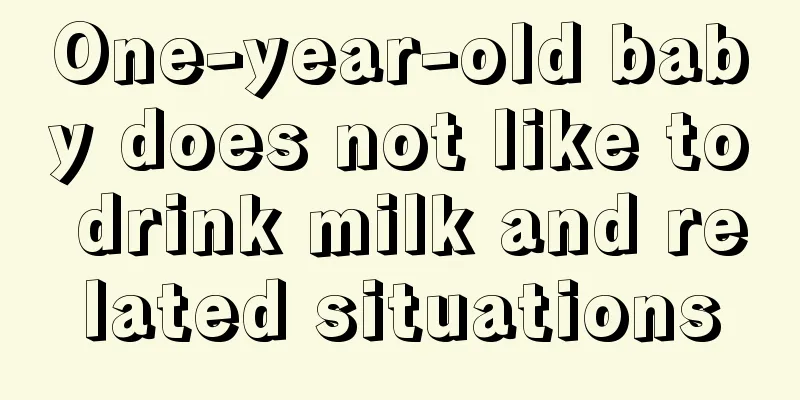Is it normal to lose teeth at 5 years old?
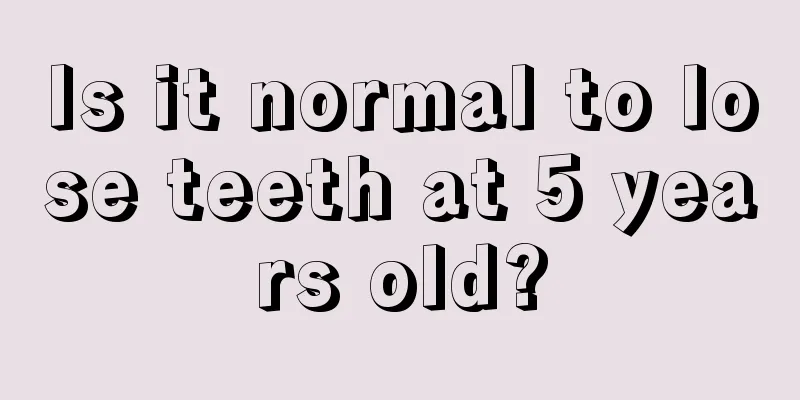
|
The normal tooth replacement period for children starts at the age of six. Some children start losing their teeth at the age of five. This is a normal phenomenon. Due to the baby's physique and family genetics, it is normal for everyone to lose teeth at different ages. There is no need to worry as long as it is not too early. Pay attention to the relevant precautions during the tooth replacement period.
· Teeth change around 6 years old Generally speaking, deciduous teeth will become loose and fall out before children enter elementary school, and at the same time, permanent teeth will also show signs of eruption. Generally speaking, the first deciduous tooth falls out when the child is 6 years old. Of course, this is not a definite number, because some children's deciduous teeth begin to fall out when they are over 4 years old, and some begin to fall out when they are 7 to 8 years old, so parents do not need to worry too much. · Human tooth growth pattern Most people have only two sets of teeth in their lifetime, namely deciduous teeth and permanent teeth. From the time your baby is six months old until he is two or three years old, his 20 baby teeth will gradually develop completely. The permanent teeth will gradually replace the deciduous teeth between the ages of 6 and 13, and then several molars will continue to erupt, eventually reaching 28-32 teeth (some people do not grow 4 wisdom teeth).
In general, the teeth in the lower half of children will fall out before the upper half, presenting a symmetrical situation on the left and right. Therefore, at about the age of 6, the child's lower deciduous central incisors gradually become loose and fall out, and the lower permanent central incisors and first permanent molars also begin to gradually erupt. Afterwards, the deciduous canines and bicuspids will slowly fall out one by one and be replaced by corresponding permanent teeth. When children reach the age of 12-14, all their deciduous teeth will be replaced, and then the permanent teeth will grow separately. The second molars grow out between the ages of 12 and 14, while the third molars, commonly known as wisdom teeth, only start to grow after adulthood.
4 first molars at 6 years old 6-7 years old: 4 central incisors 8-9 years old: 4 lateral incisors 10-year-old first pair of canines 4 11 years old, 4 single canines 12 years old, 4 second canines 13 years old, 4 second molars |
<<: Can I turn on the air conditioner when my baby has a cold in summer?
>>: Baby's tooth growth pattern
Recommend
What to do if your child has poor gastrointestinal absorption
Because children's bodies are not fully devel...
Why does my child's nose always bleed?
Some children often have nose bleeding during the...
What should I do if my child has a fever after taking the Baibaipo vaccine?
Many children will have a fever after receiving t...
Preventing children from getting sick can improve their immunity
The health of the baby is very important to the p...
How much does a three-year-old child grow in height every month in spring?
Children are the most precious treasures of their...
How does Traditional Chinese Medicine treat anemia in children?
In fact, many people have explored the issue of a...
Which vitamin supplement is best for children?
Vitamins are indispensable nutrients in our body,...
Best height increase pills
Some people are very dissatisfied with their heig...
At what age can babies drink juice?
How many months should babies be able to drink ju...
What to eat for ADHD?
ADHD is a very common childhood disease, most of ...
What is normal for premature babies' eyes?
The growth and development of premature babies is...
How to prevent motion sickness in children
With the continuous improvement of people's s...
What to do if baby has dry skin on face
For babies, their skin is more sensitive than tha...
Why do children grind their teeth at night?
Children may have many abnormal reactions when sl...
Baby's forehead is hot and his hands and feet are cold
If you find that your baby has a hot forehead and...
